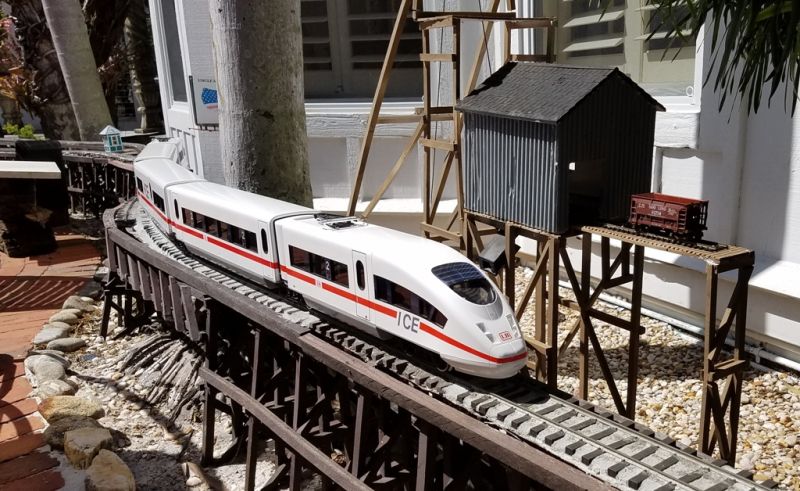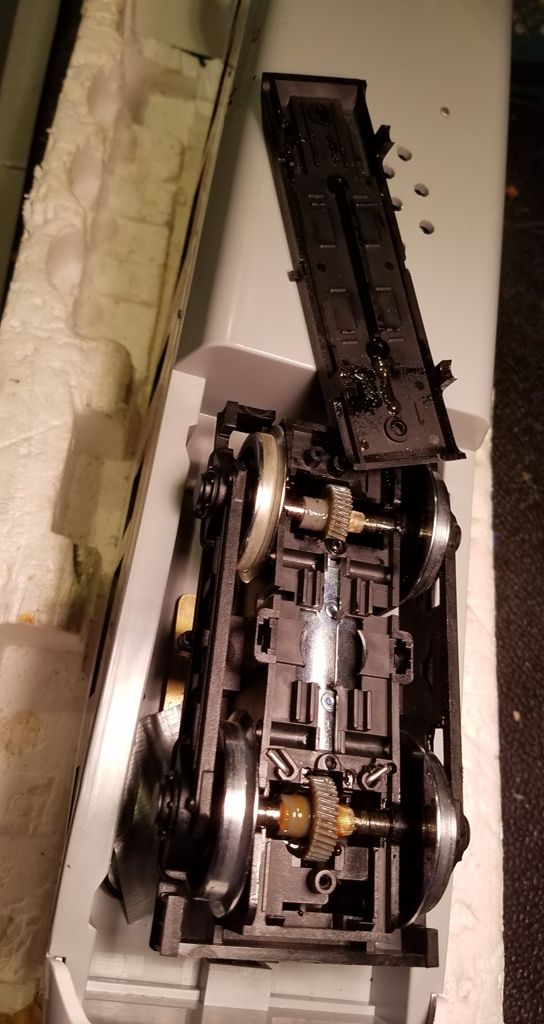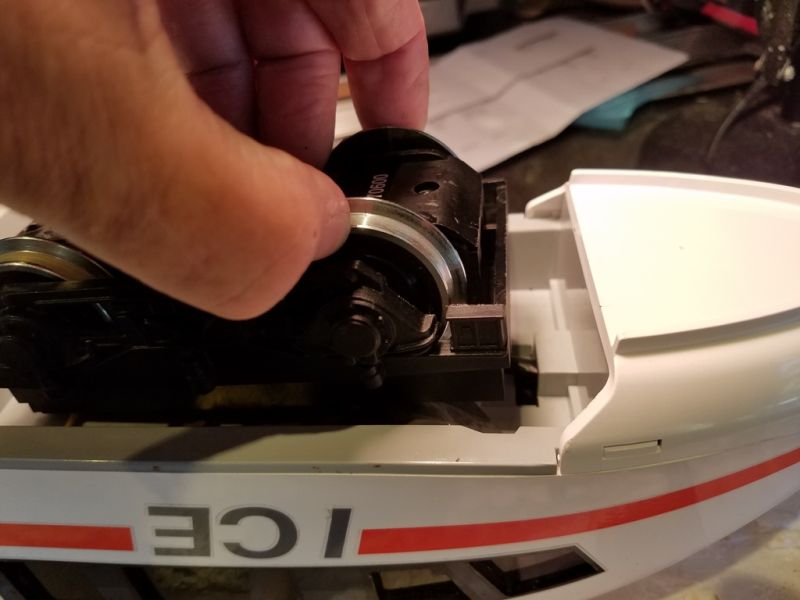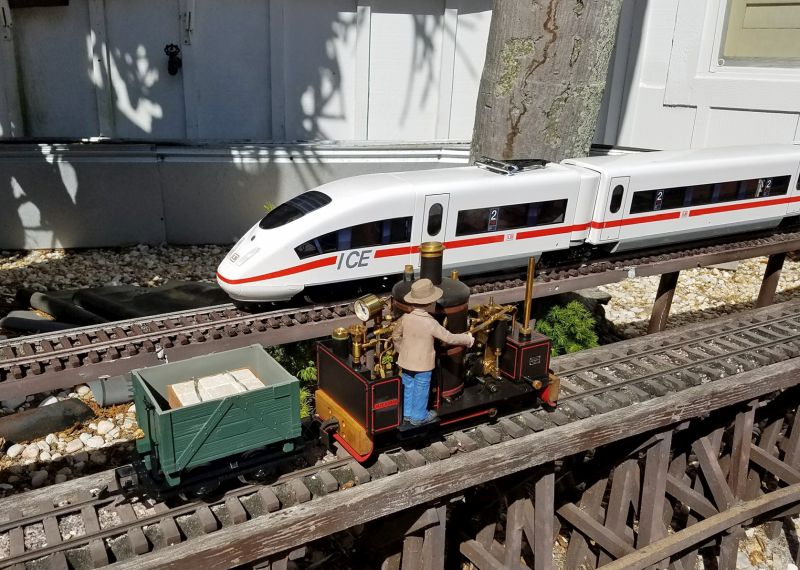David Maynard said:
Pete, often times when I want to cut out windows on buildings and such, I cut inside the line and then work to the line with emery boards and files. Also my straight edge is placed so the the waste side of the cut is exposed. That way, if there is any tendency for the blade to wander, it will wander into the scrap part, and it just requires a bit more sanding in that spot to get the opening to where I want it.
David, what are you cutting with? And there are lots of windows here to cut, so I doubt I’d have the patience to do all four sides and then file them out.



